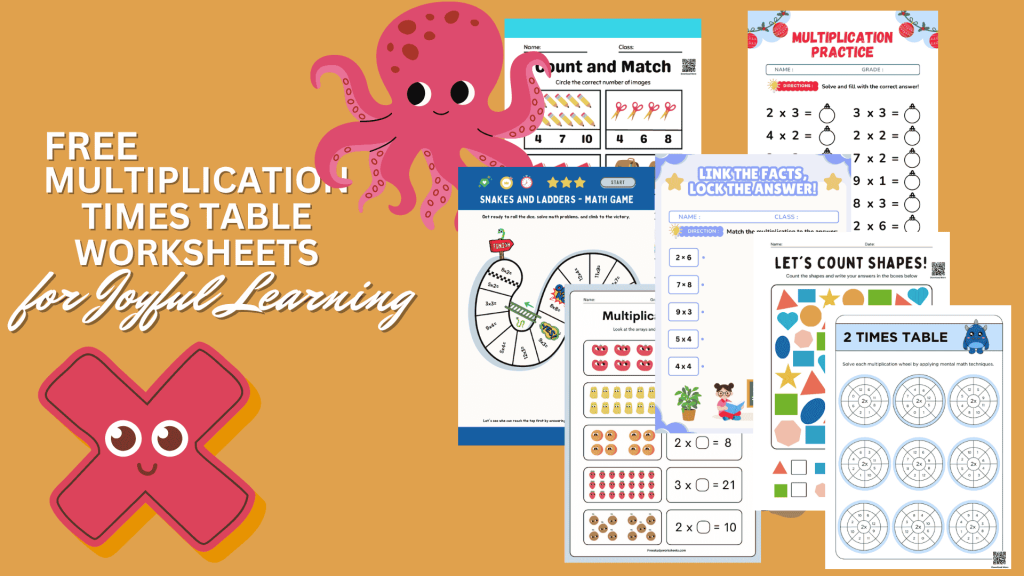
Times Table Worksheets are essential tools for building children’s multiplication skills and mathematical foundation. This comprehensive practice set covers times tables 1-12 through diverse formats including visual aids, word problems, speed tests, and interactive games. Whether for home or classroom use, these Times Table Worksheets guide children from basic concept introduction to automatic recall mastery. With progressive difficulty levels, multiple learning methods, and proven teaching strategies, this collection transforms multiplication practice into an engaging and effective learning experience that builds both confidence and mathematical fluency.
Core Features Times Table Worksheet
1. Individual Times Tables
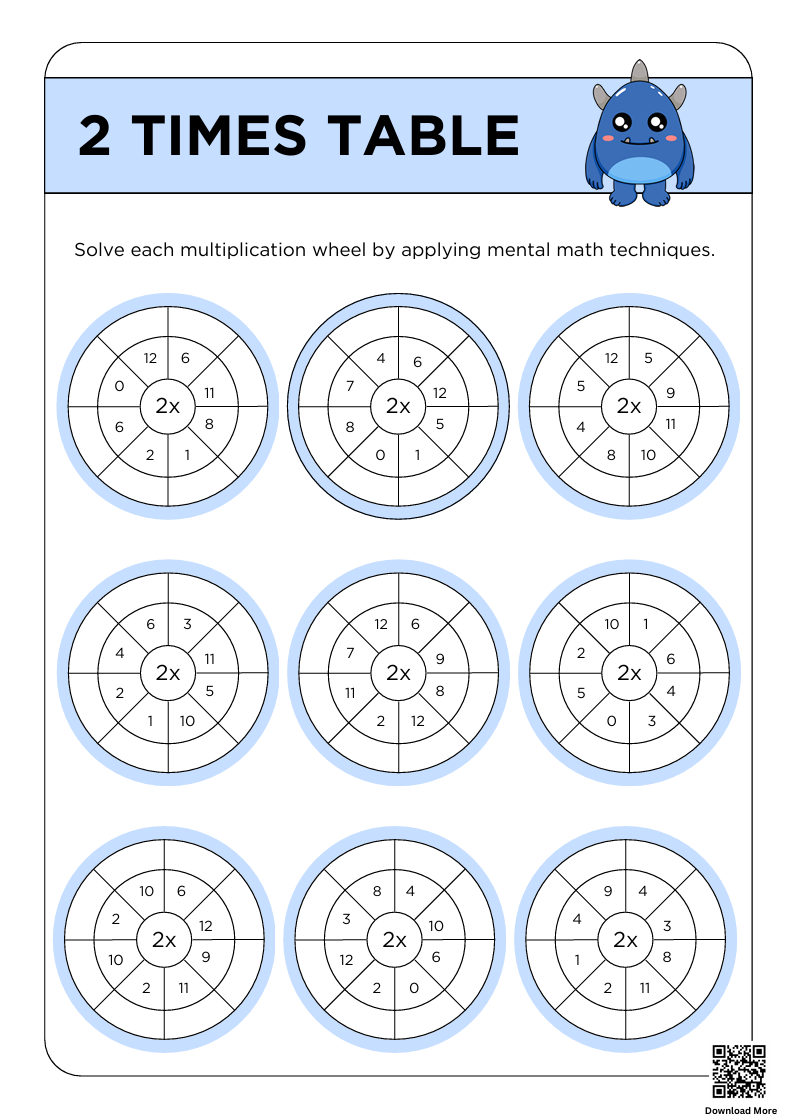
Times Table 2
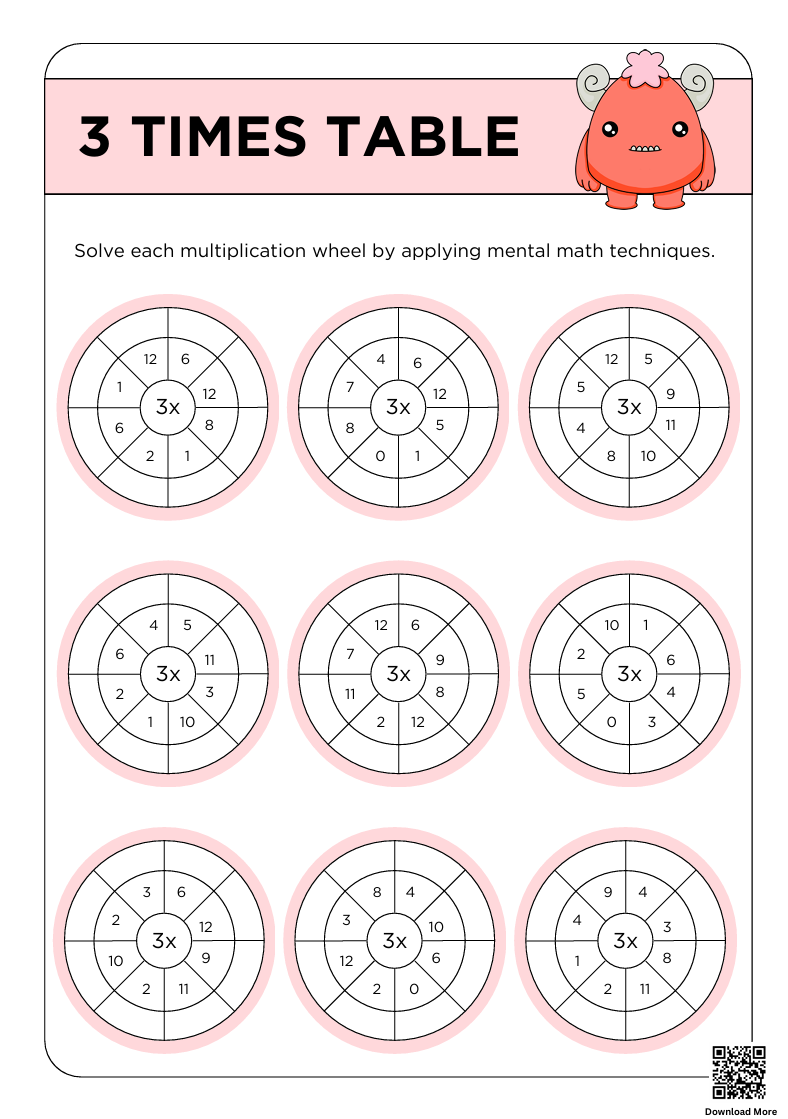
Times Table 3
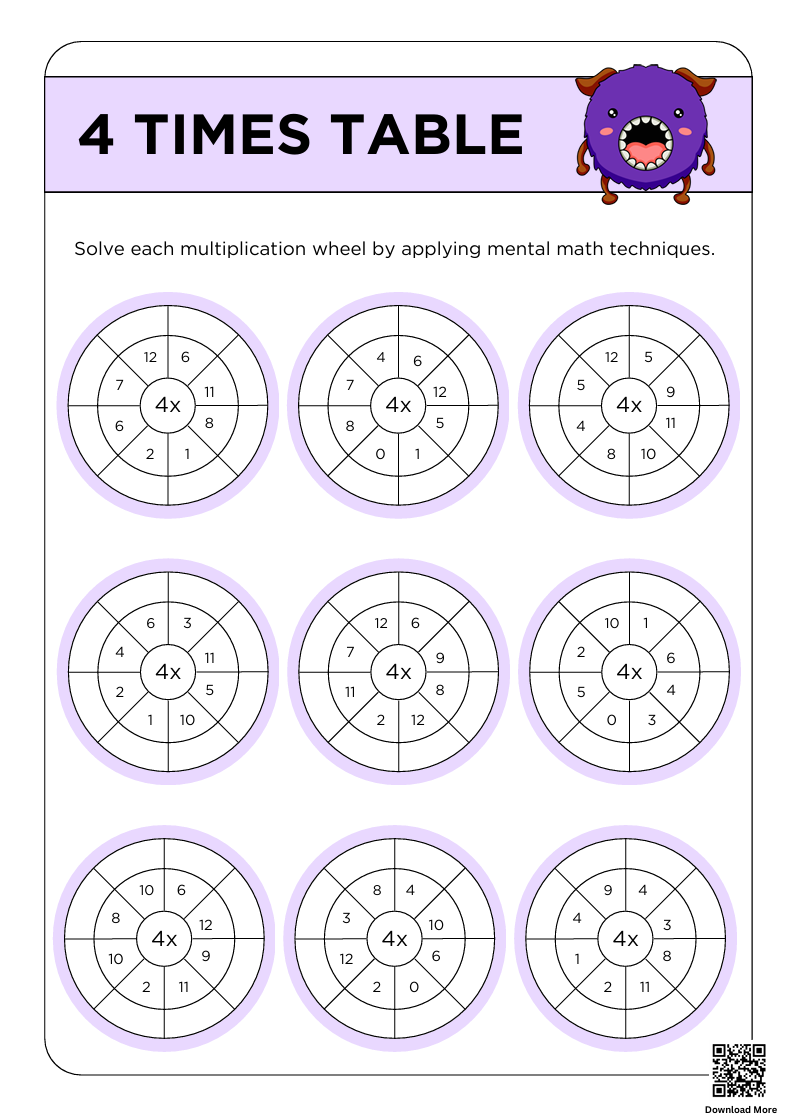
Times Table 4
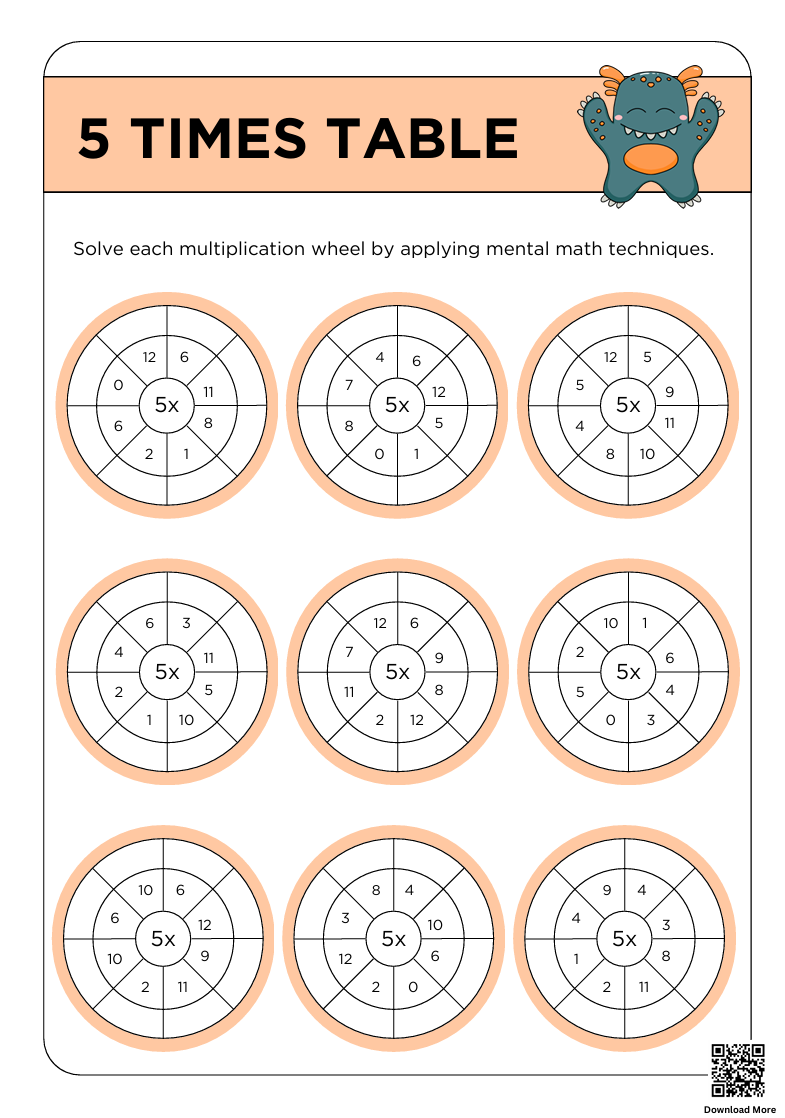
Times Table 5
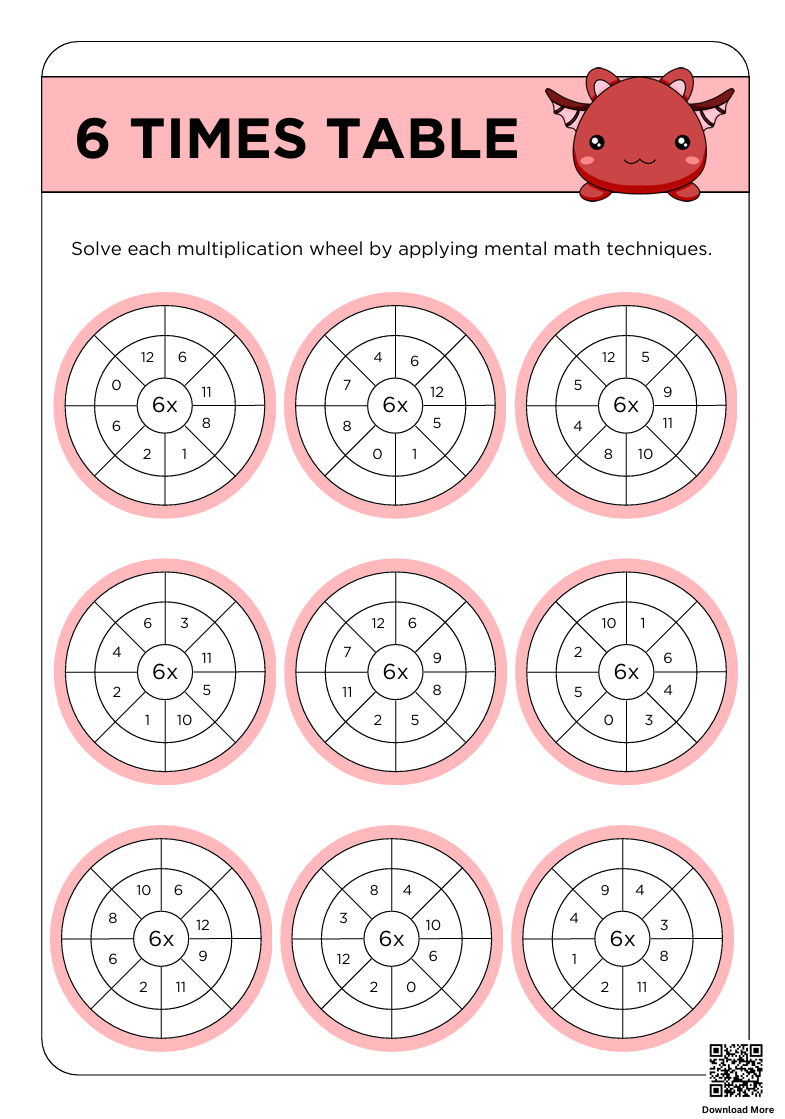
Times Table 6
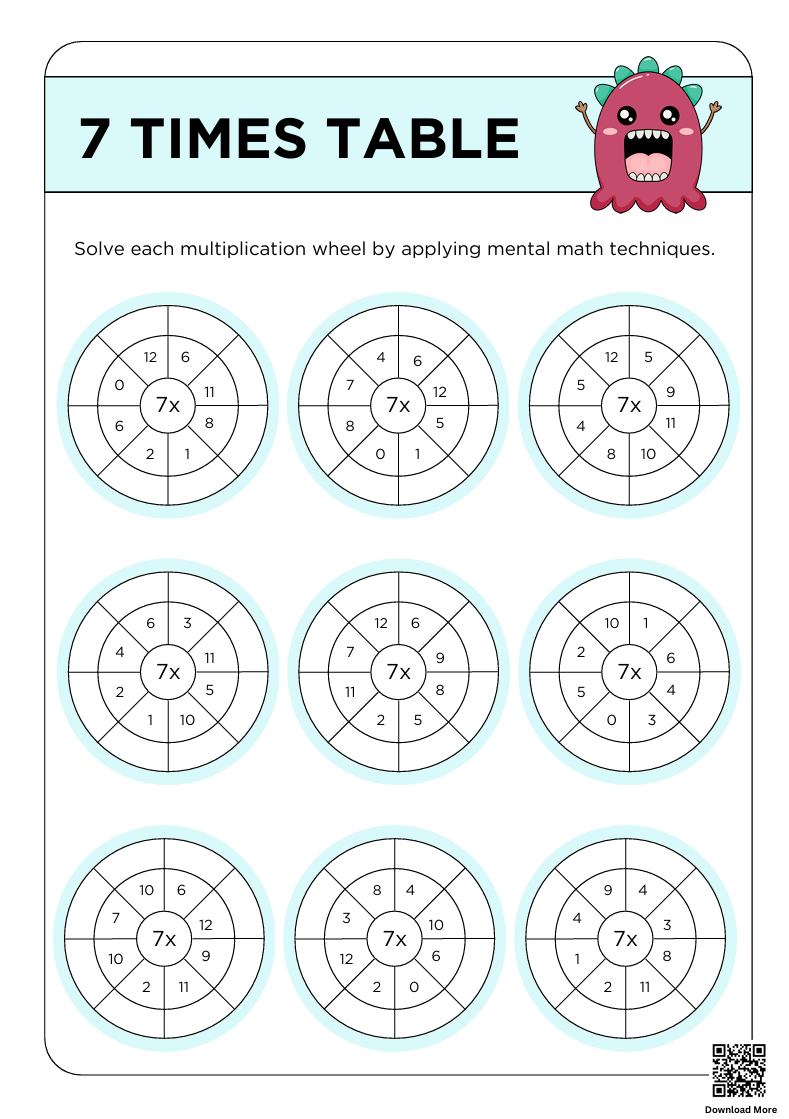
Times Table 7
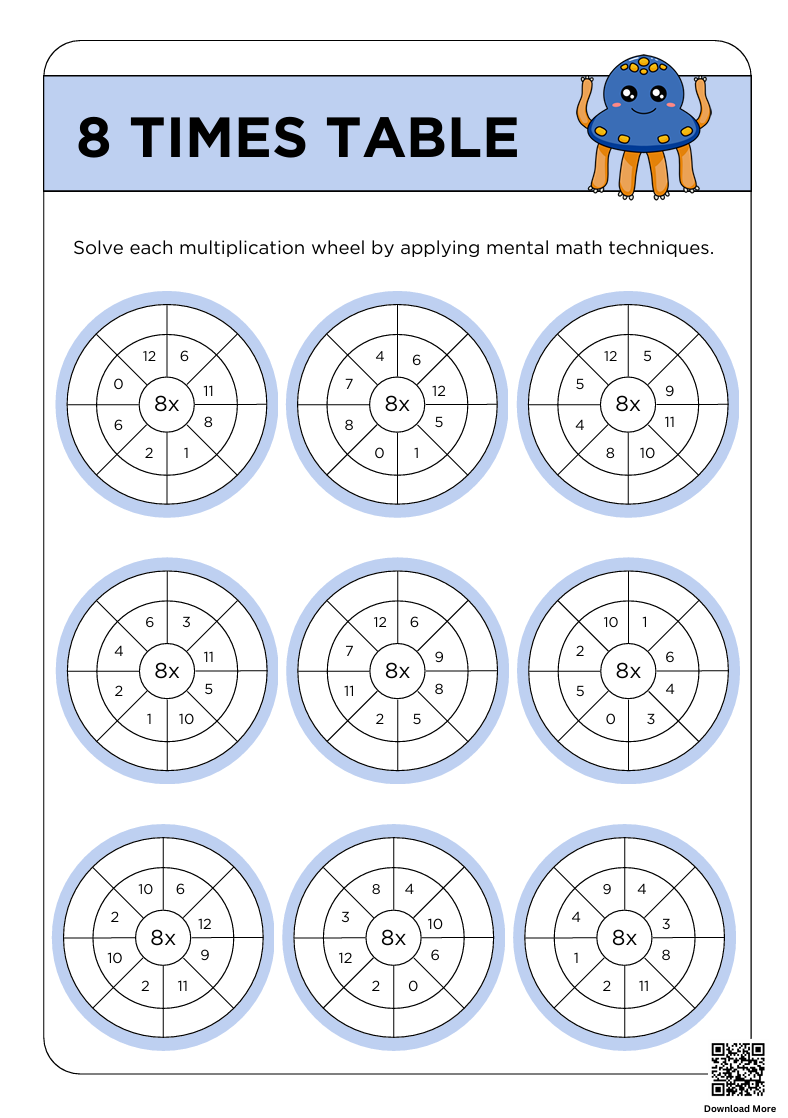
Times Table 8
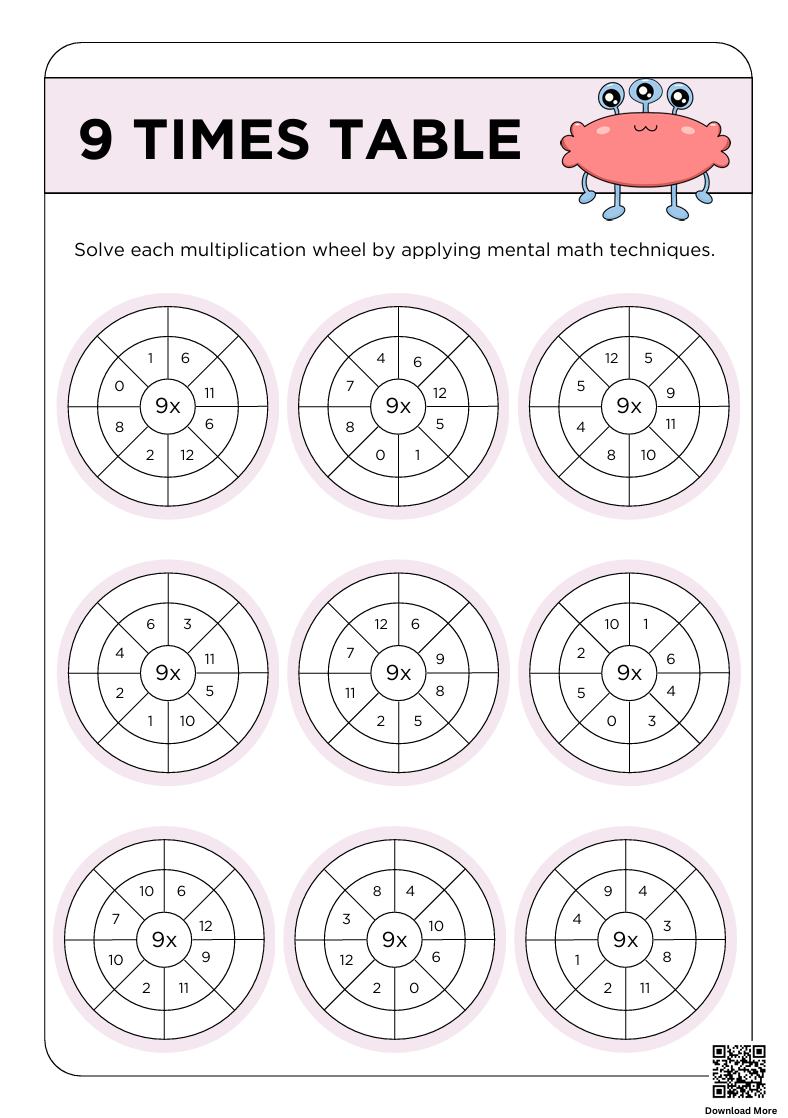
Times Table 9
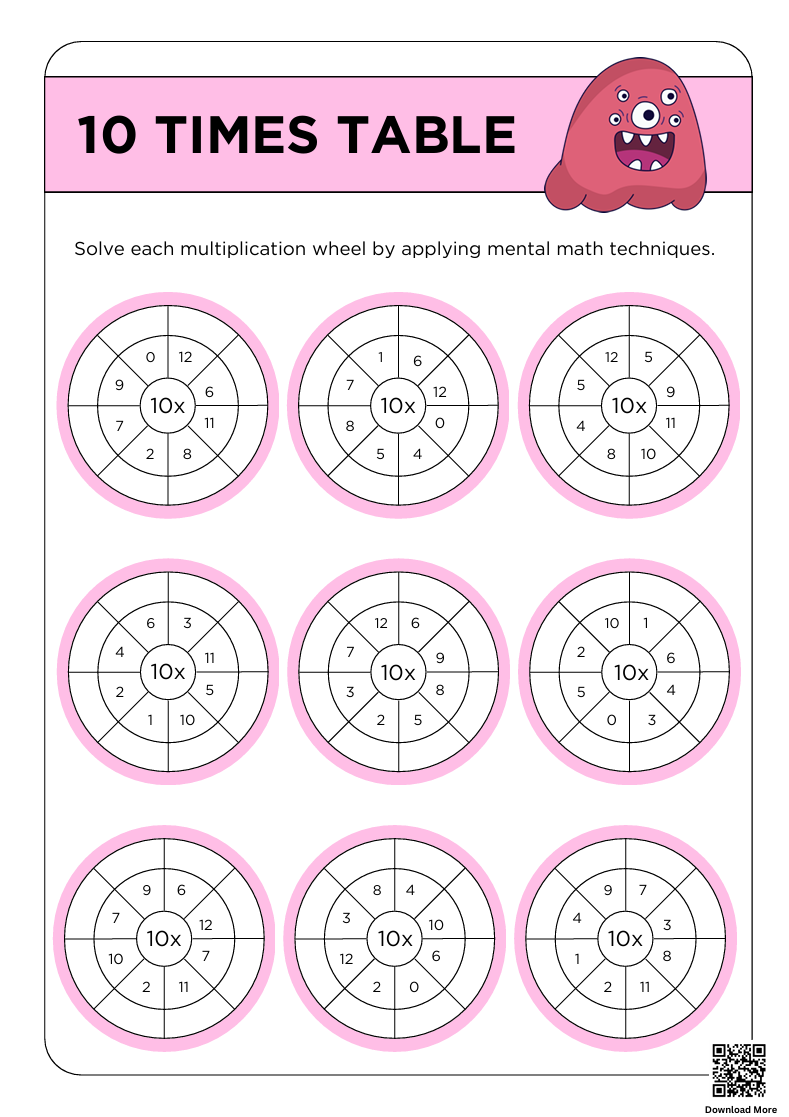
Times Table 10
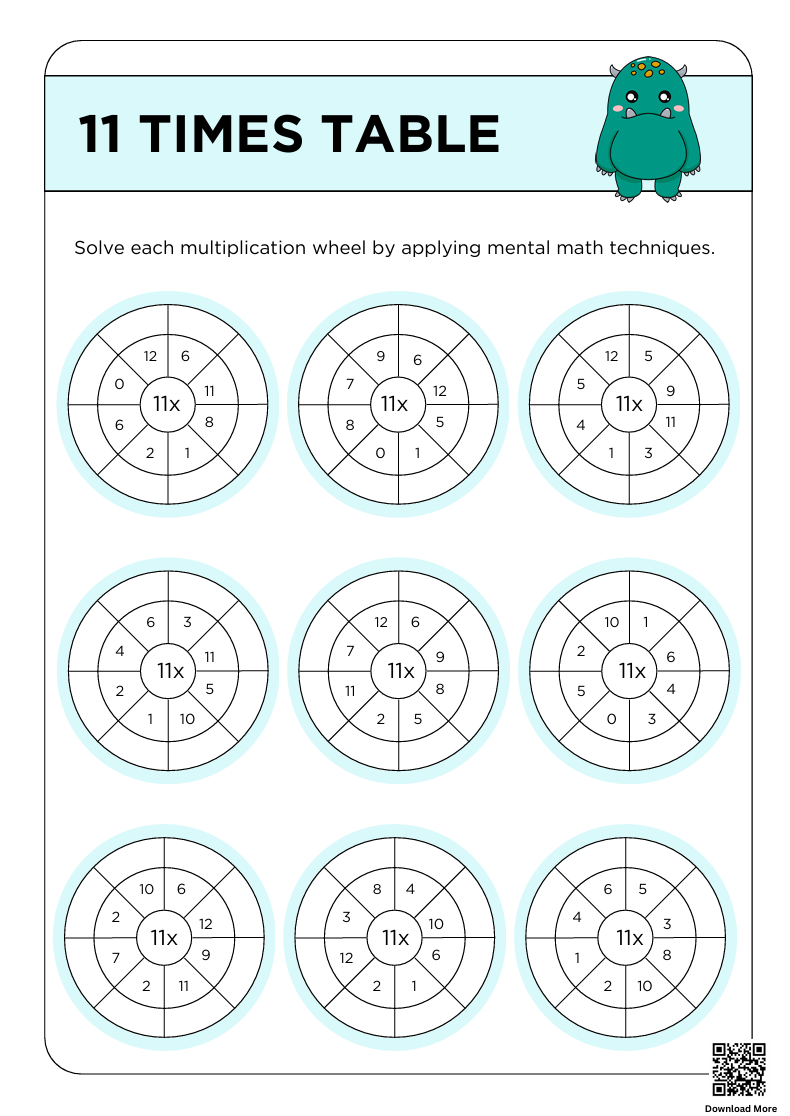
Times Table 11
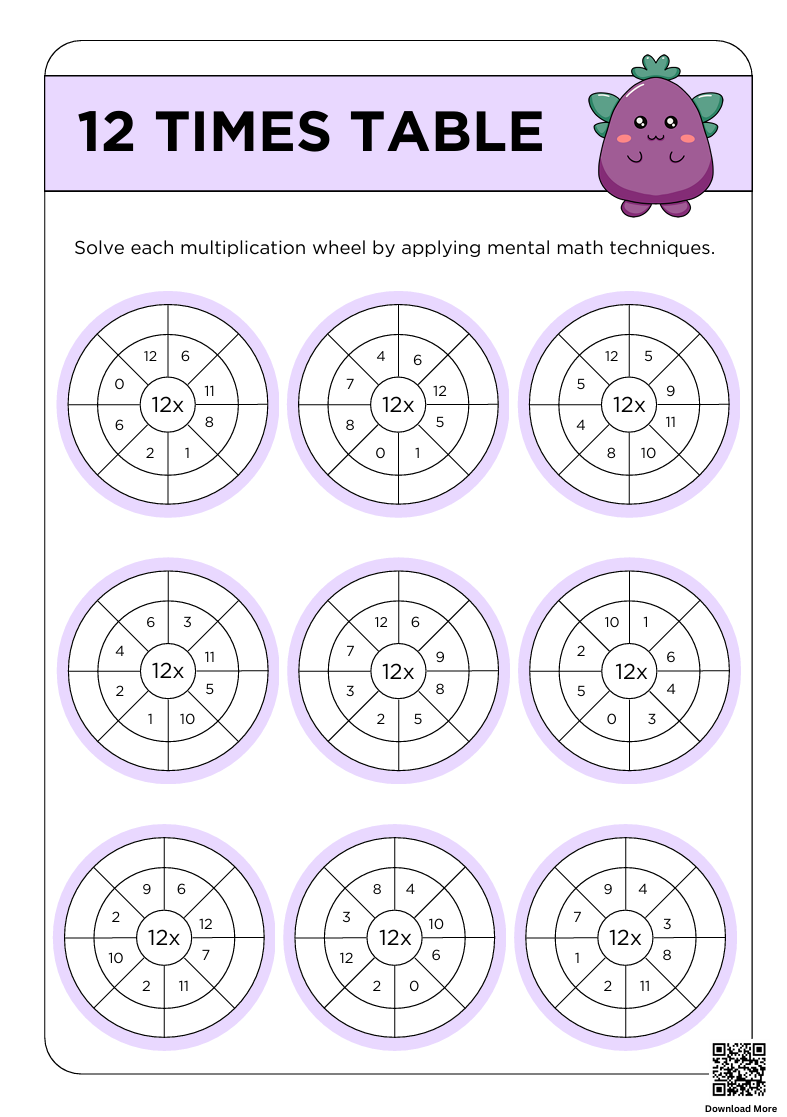
Times Table 12
2. Practice Formats
Times Table Grids
Empty or partially filled tables to complete for practice. These grids show the relationship between numbers. They help children spot patterns in multiplication facts.
Missing Number Exercises
Problems with blank spaces to fill in the correct answers. These make children think about the relationship between numbers. They help build understanding rather than just memorisation.
Multiplication Arrays
Visual dot or picture arrangements showing groups of equal size. These show what multiplication really means. They help children see that 4 × 3 means 4 groups of 3.
Word Problems
Real-life situations that use multiplication to solve. These connect times tables to everyday uses. They help children see why learning multiplication matters.
Mixed Review
Sheets combining facts from different times tables for varied practice. These prevent children from just memorising by position. They build flexible thinking about multiplication.
Timed Tests
Quick challenges to build speed and confidence with multiplication facts. These build automatic recall of times tables. They help children move from counting to knowing facts instantly.
Worksheet Categories
Times Table 1
The simplest table that teaches the concept of multiplication. These sheets show that multiplying by 1 gives the same number. Children learn that anything × 1 = itself.
Times Table 2
Worksheets focusing on doubling numbers. These build on children’s early doubling skills. They connect to even numbers and counting by 2s.
Times Table 3
Practice with the 3 times table and its patterns. These sheets help with this first challenging table. They build on counting by 3s skills.
Times Table 4
Exercises showing the relationship between 2× and 4× facts. These sheets show that 4× is just doubling twice. They use this pattern to help memory.
Times Table 5
Worksheets using the friendly patterns of multiplying by 5. These highlight the endings that alternate between 5 and 0. They connect to clock faces and counting by 5s.
Mixed 1-5 Practice
Combined exercises using the first five times tables together. These check mastery across different tables. They build flexibility in thinking about multiplication facts.
2. Intermediate Practice (6-9 Times Tables)
Times Table 6
Practice showing 6× as double 3× or as 5× + 1×. These worksheets use known facts to build new ones. They help make this larger table more manageable.
Times Table 7
Focused practice on this challenging table with memory aids. These sheets provide extra support for this difficult table. They include tricks to help remember these facts.
Times Table 8
Exercises showing 8× as double 4× or as 10× – 2×. These patterns help make these facts easier to learn. They build on earlier knowledge of the 4 times table.
Times Table 9
Worksheets highlighting the special patterns in the 9 times table. These show the digit sum pattern (digits always add to 9). They include the finger trick for 9 times tables.
Mixed 6-9 Practice
Combined practice with these more challenging middle tables. These build confidence with the harder facts. They help identify which tables need more work.
Review Exercises
Comprehensive practice covering tables 1-9 together. These ensure earlier tables aren’t forgotten while learning new ones. They build complete fluency with the most common tables.
3. Advanced Practice (10-12 Times Tables)
Times Table 10
Worksheets focusing on the pattern of adding a zero when multiplying by 10. These connect to place value understanding. They show how 10× links to our base-10 number system.
Times Table 11
Practice with the interesting patterns in the 11 times table. These show the repeating digit pattern for 11× (up to 9). They provide memory aids for these larger facts.
Times Table 12
Focused work on the largest standard times table. These sheets often relate to dozen-based real-life examples. They show how 12× connects to hours, months, and dozens.
Mixed 10-12 Practice
Combined exercises with these larger multiplication facts. These build confidence with the higher tables. They help identify specific facts that need more practice.
Challenge Problems
Harder multiplication puzzles using these tables in different ways. These extend thinking beyond basic recall. They apply multiplication facts to solving problems.
Speed Tests
Timed challenges to build quick recall of these advanced tables. These build fluency and confidence. They help make even these larger facts automatic.
4. Mixed Practice Sets
Random Multiplication
Worksheets with multiplication facts in no particular order. These test true mastery rather than pattern memorisation. They prepare for real-world multiplication needs.
Multiple Tables Practice
Practice sheets combining facts from different tables. These build flexibility in thinking about times tables. They help children switch between different tables smoothly.
Progressive Difficulty
Sets that gradually increase in challenge as skills develop. These provide appropriate challenge at each stage. They build confidence through stepped success.
Review Exercises
Comprehensive sheets covering all learned tables. These help maintain mastery of all facts. They prevent forgetting of earlier tables while learning new ones.
Challenge Problems
Advanced puzzles and problems using multiplication creatively. These extend thinking beyond basic facts. They apply multiplication to solving interesting problems.
Assessment Sheets
Formal check-ups to gauge mastery of multiplication facts. These help track progress clearly. They identify specific areas needing more practice.
Learning Tools
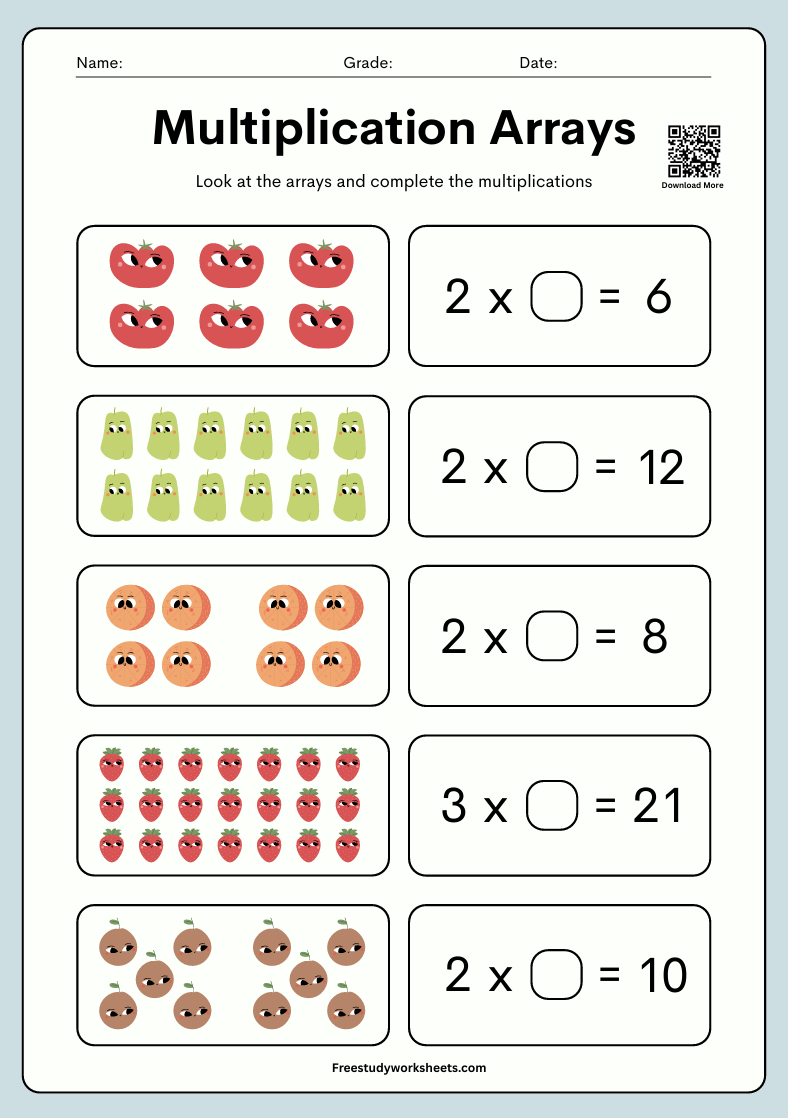
Multiplication Arrays
Rows and columns of dots or pictures showing equal groups. These make multiplication visual and concrete. They help children see what 3 × 4 really means. 6 Pages Set
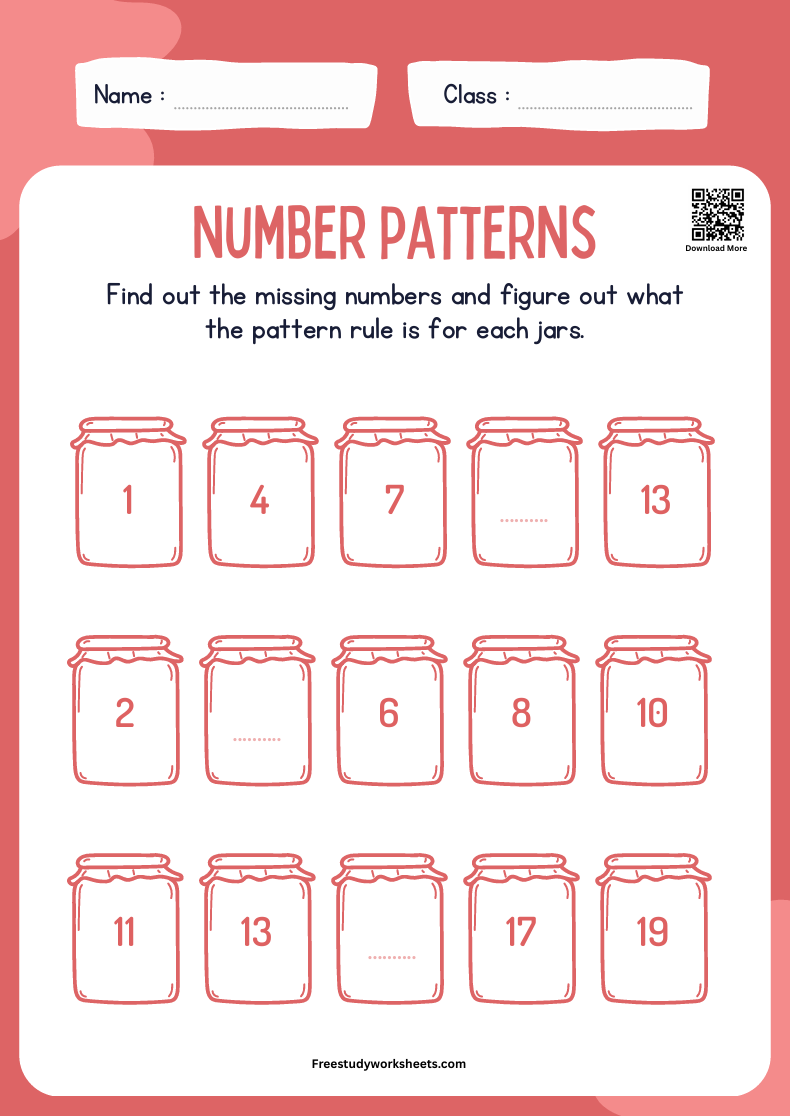
Number Patterns
Visual displays of the patterns within each times table. These help children spot and use helpful patterns. They make memorisation easier through pattern recognition.
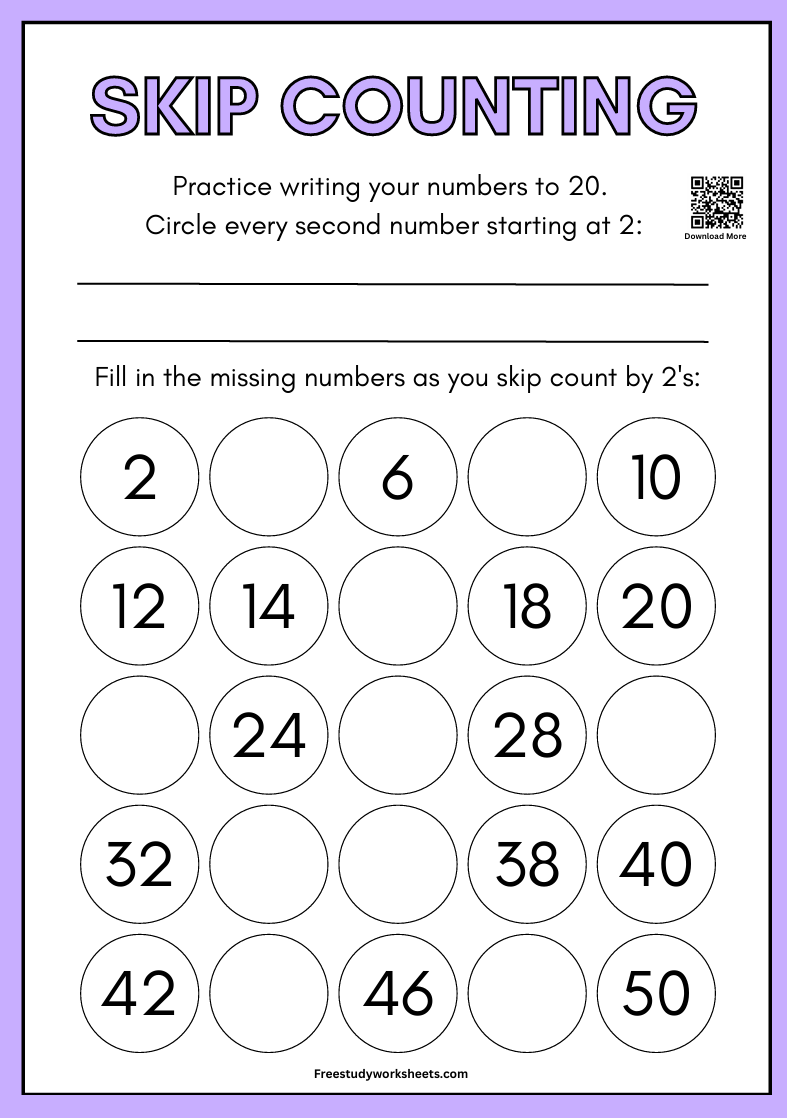
Skip Counting Charts
Number lines and hundreds charts highlighting multiples. These connect multiplication to counting patterns. They help children see the relationship between skip counting and multiplication.
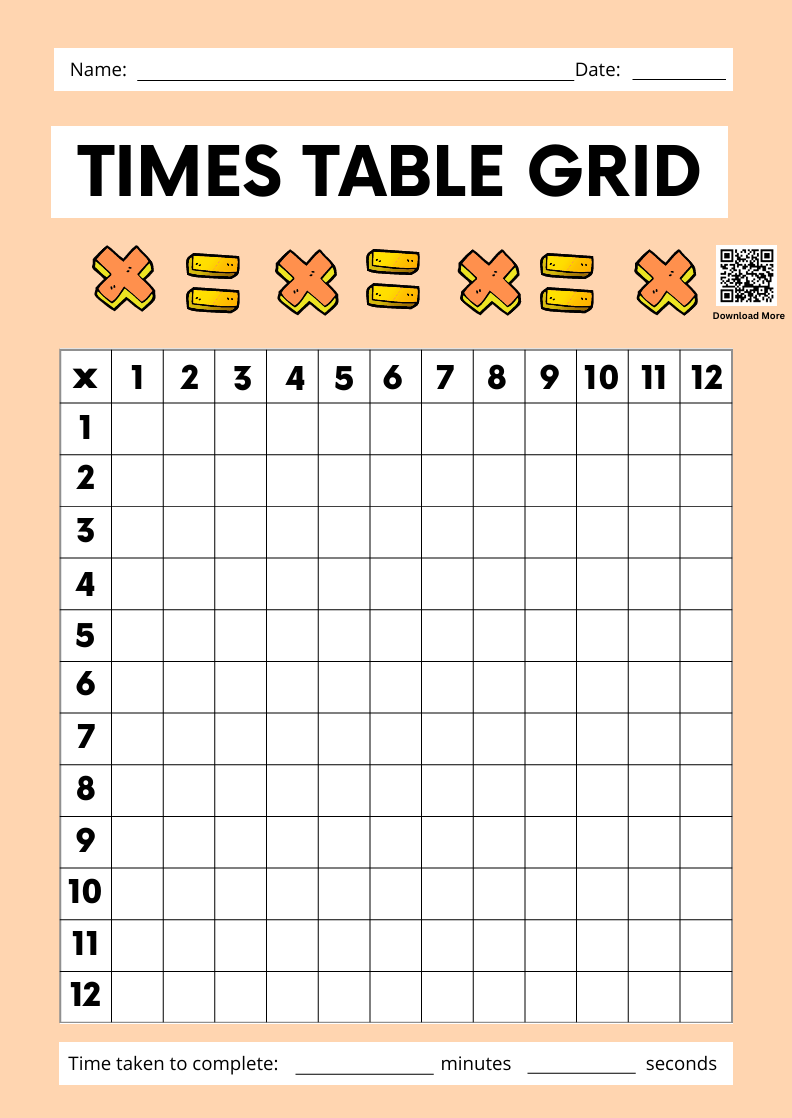
Multiplication Grids
Tables showing the products of numbers multiplied together. These show relationships between different multiplication facts. They help children see patterns across the times tables.
2. Practice Methods
Step-by-step Learning
Clear sequence for mastering each times table. These break learning into manageable chunks. They build confidence through gradual progress.
Pattern Recognition
Activities focusing on finding and using patterns. These make memorisation easier and more meaningful. They help children use patterns rather than memorising randomly.
Memory Techniques
Special tricks and tips for remembering challenging facts. These provide help for the harder-to-remember facts. They include rhymes, stories, and visual cues.
Quick Tricks
Clever shortcuts for specific times tables. These include the 9 times finger trick or doubling for the 4 times table. They make certain tables easier to master quickly.
Mental Maths Strategies
Approaches for calculating facts you don’t remember. These provide backup strategies when memory fails. They include using nearby facts you do know.
Error Prevention
Tips for avoiding common mistakes with times tables. These address frequently confused facts. They help build accuracy alongside speed.
Taking Next Step for Effective Learning
1. Speed Tests
1-Minute Drills
Very short, focused tests to build quick recall. These provide a clear, achievable target. They make practice feel like a personal challenge.
2-Minute Challenges
Slightly longer tests with more questions to answer. These build both speed and stamina. They help children maintain focus for longer periods.
5-Minute Reviews
Comprehensive tests covering multiple tables. These check mastery across different facts. They build confidence with varied multiplication facts.
Mixed Table Tests
Timed exercises combining facts from different tables. These check for true mastery and flexibility. They prepare for real-world multiplication needs.
Progress Tracking
Charts for recording improvement in speed and accuracy. These show growth over time visually. They motivate continued practice through visible progress.
Time Improvement
Activities focused on beating previous personal best times. These create a sense of competition with oneself. They motivate practice through measurable improvement.
2. Games and Activities
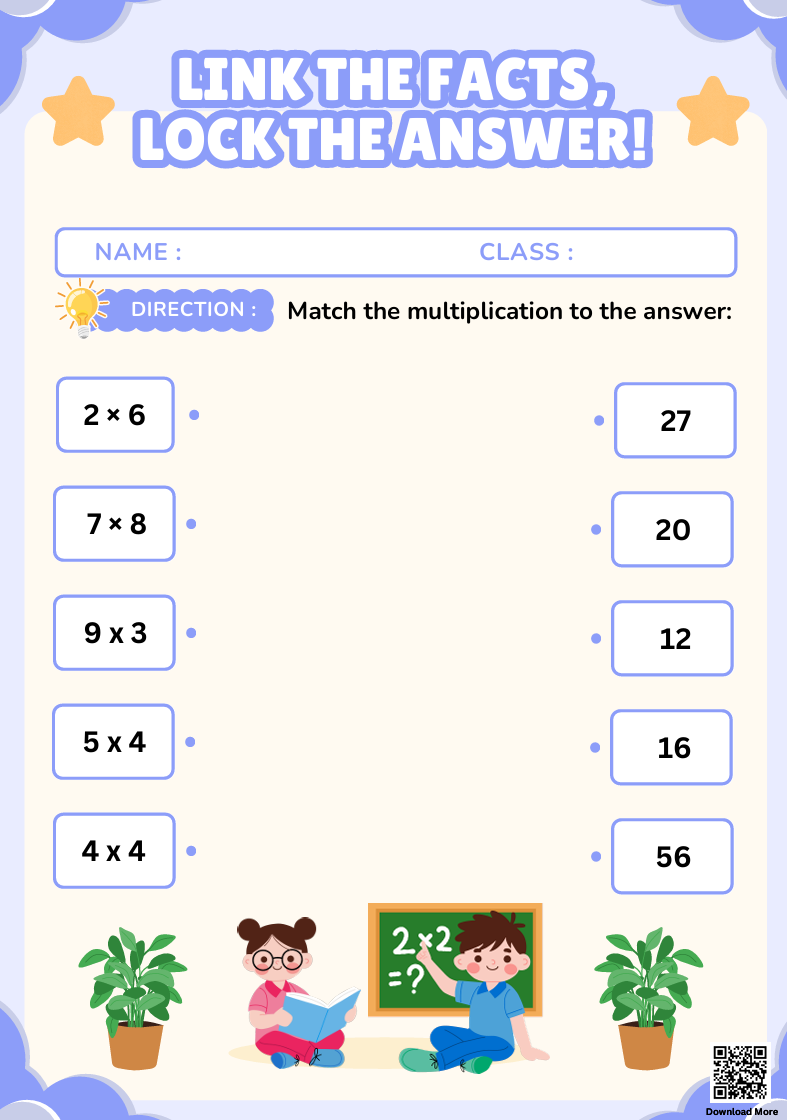
Multiplication Bingo
Fun game where players match questions to answers on their cards. This makes practice feel like play rather than work. It builds quick recognition of multiplication facts.
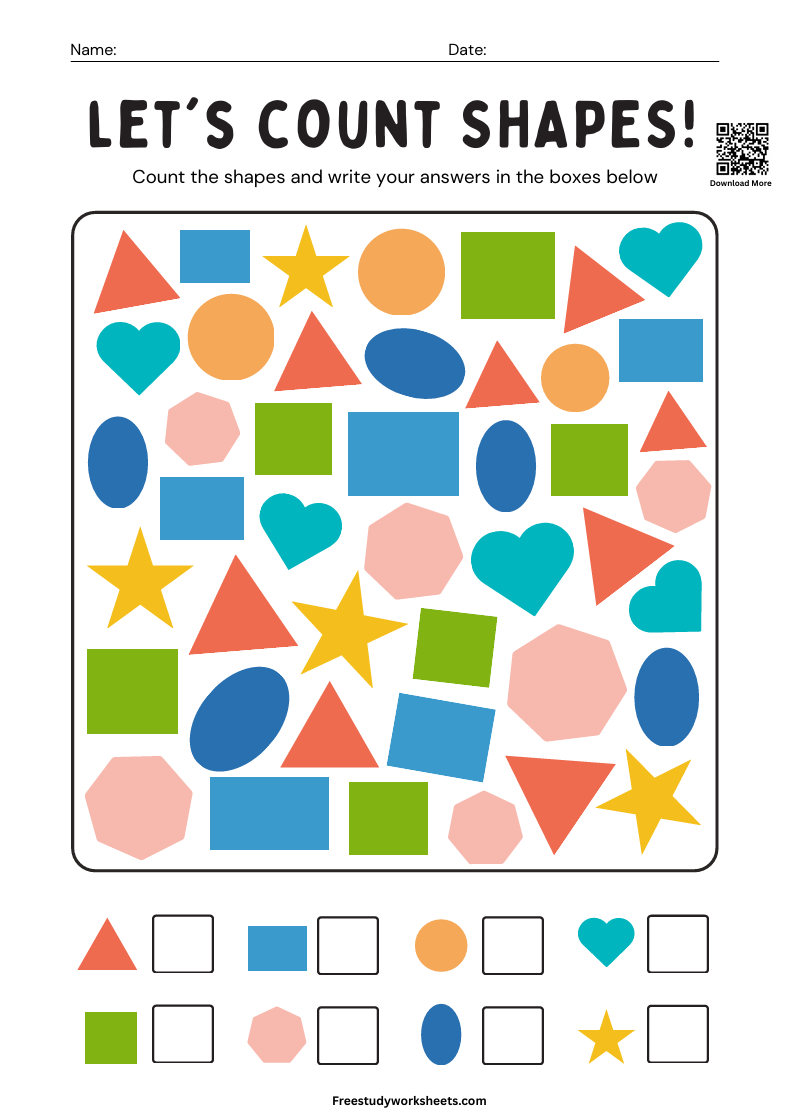
Pattern Hunts
Activities finding the patterns hidden within times tables. These build a deeper understanding of number relationships. They help children see multiplication as logical rather than random.

Number Puzzles
Fun challenges and puzzles that use times tables to solve. These apply multiplication skills in engaging ways. They build positive feelings about using math skills.
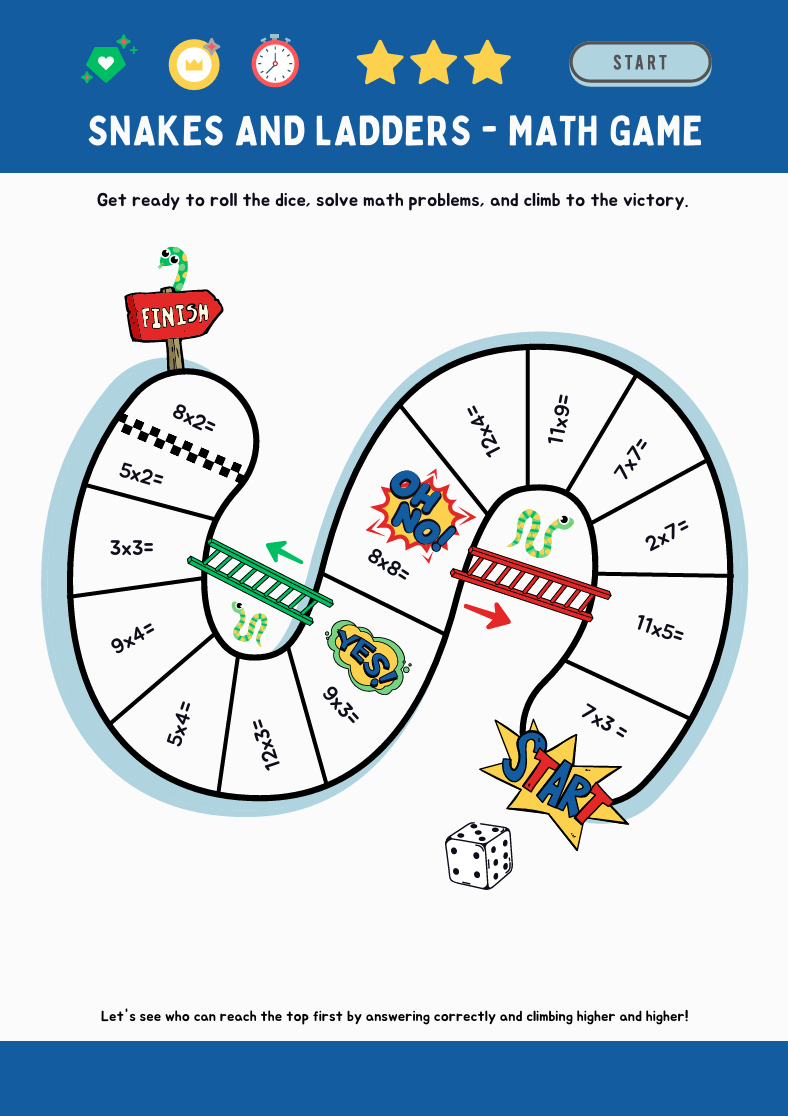
Maths Games
Enjoyable activities that practise multiplication through play. These make learning feel like fun rather than work. They encourage children to choose maths practice willingly.
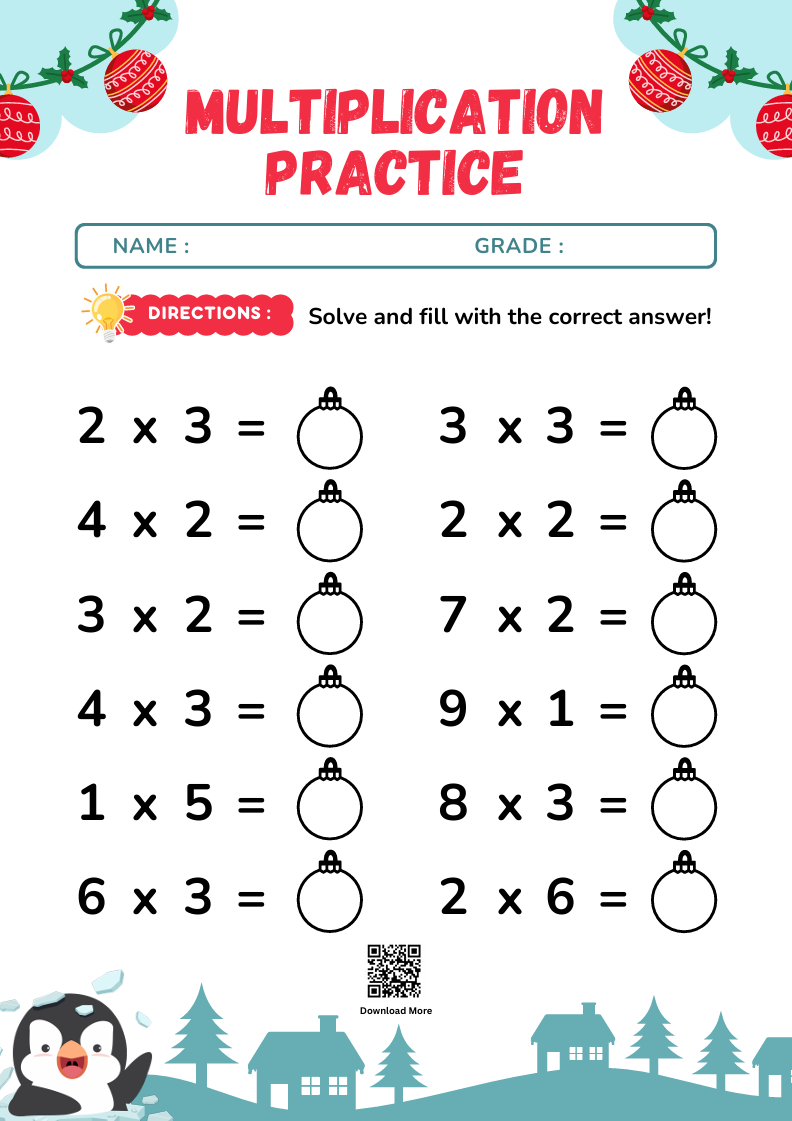
Challenge Activities
Harder puzzles for children who have mastered the basic facts. These provide appropriate challenges for advanced learners. They extend thinking beyond simple recall.
Teaching Resources
1. Implementation Guide
Teaching Sequence
Recommended order for introducing and practising times tables. This logical sequence builds skills effectively. It moves from simpler to more complex tables.
Practice Methods
Effective approaches for helping children learn multiplication facts. These proven methods support different learning styles. They include visual, auditory, and hands-on approaches.
Progress Tracking
Systems for recording and monitoring improvement. These show growth over time visually. They help celebrate achievements and plan next steps.
2. Support Materials
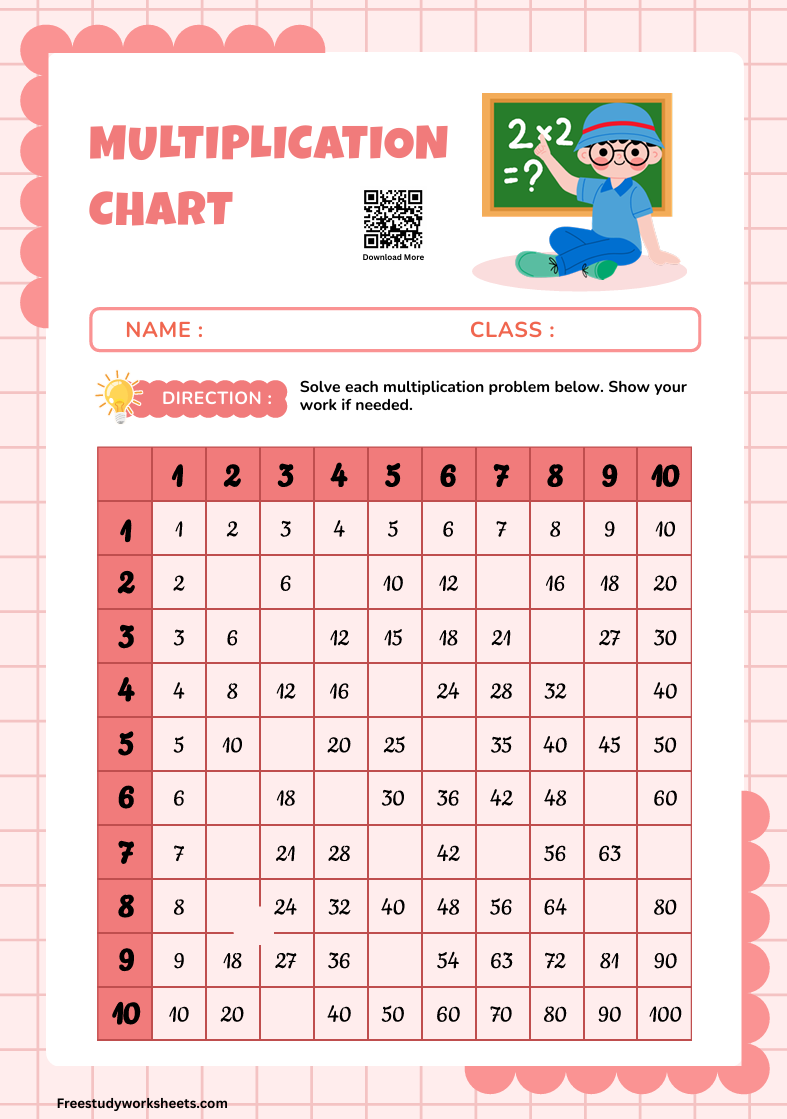
Multiplication Charts
Reference tables showing all products for quick checking. These support independence in practice and checking. They help children find patterns across tables.
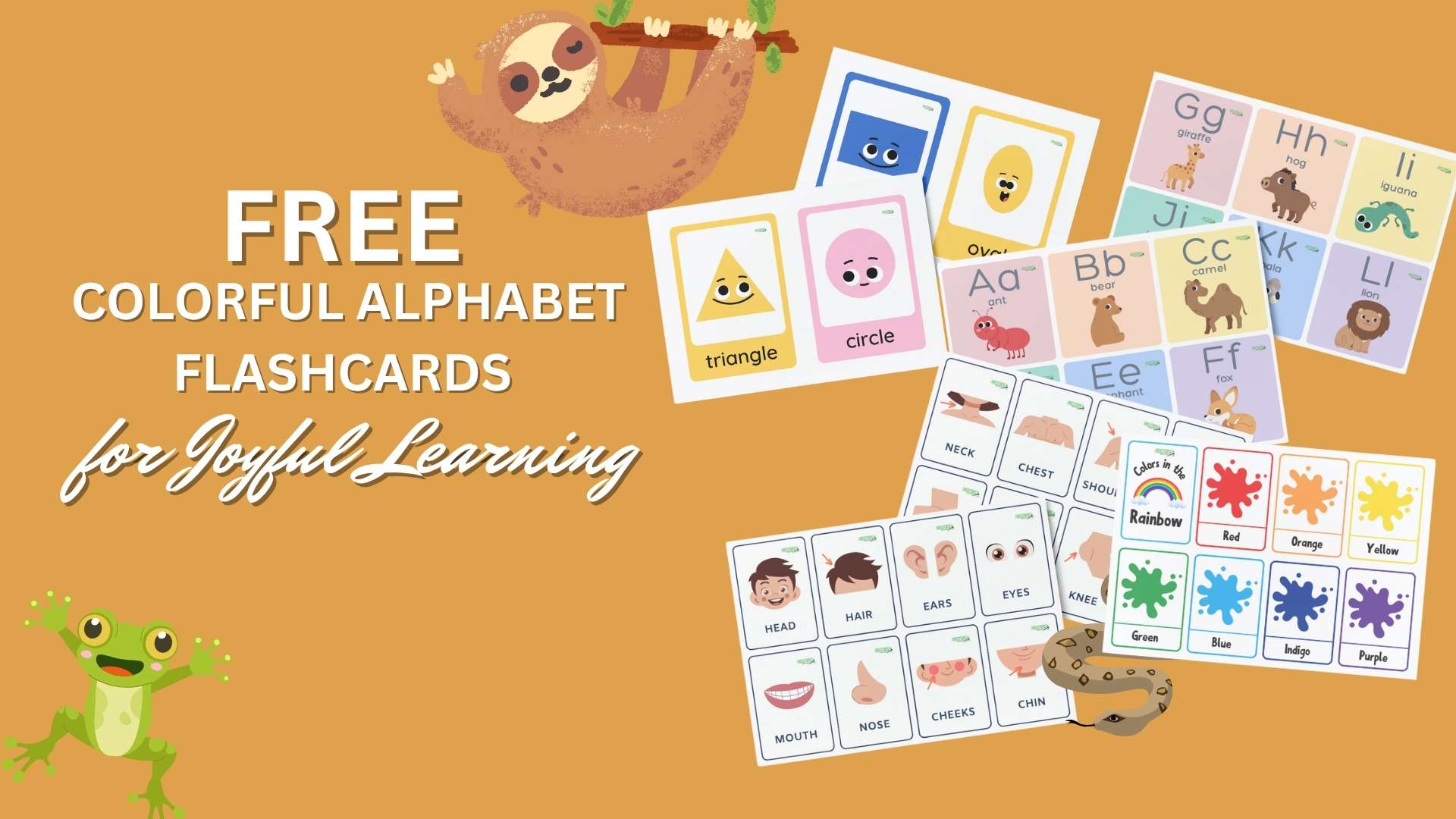
Flash Cards
Printable cards for quick practice of individual facts. These versatile cards work for many different games and activities. They support practice in various formats.
Practice Tips
Advice for making times table learning more effective. These practical suggestions enhance learning outcomes. They help create positive, productive practice sessions.
Practice Progression
1. Learning Stages
Introduction Phase
First contact with a new times table through concrete examples. This builds understanding before memorisation. Children see what multiplication means using objects or pictures.
Practice Phase
Regular, varied practice with the facts in different formats. This builds familiarity and begins the memorisation process. Children work with the same facts in different ways.
Mastery Phase
Focused work on quick, accurate recall of all facts. This builds automatic knowledge without counting. Children aim to know facts instantly without calculating.
Speed Development
Work on recalling facts more quickly and confidently. This builds fluency and automatic recall. Children reduce hesitation and response time.
Application Skills
Using times table knowledge to solve various problems. This connects facts to their practical uses. Children apply multiplication in different contexts.
Advanced Concepts
Extending multiplication understanding to larger numbers. This builds on basic facts for more complex multiplication. Children use known facts to figure out unknown ones.
2. Success Indicators
Accuracy Goals
Targets for correct answers as a percentage. These focus first on correctness before speed. Children aim for 100% accuracy with basic facts.
Speed Targets
Time goals for recalling specific sets of facts. These build fluency after accuracy is established. Children work toward instant recall without hesitation.
Understanding Checks
Ways to ensure children grasp the concept, not just memorise. These verify true understanding of multiplication. Children explain what multiplication means in different ways.
Application Tests
Problems that use times tables in real-world contexts. These check for ability to apply knowledge. Children use multiplication facts to solve realistic problems.
Progress Markers
Clear signs of advancement through the learning stages. These help recognise and celebrate improvement. Children and adults can see growth clearly.
Achievement Levels
Defined standards for various stages of times table mastery. These set clear expectations for development. They help track progress toward complete fluency.
Download Options
1. Individual Sets
Single Tables
Focused worksheets for practising just one times table. These allow concentration on specific tables. They support mastery of one table before moving to another.
Table Groups
Collections combining related tables (like 2, 4, 8). These help show relationships between different tables. They build understanding of how tables connect.
Mixed Practice
Sheets combining facts from different tables for varied practice. These prevent children from relying on position patterns. They build flexible recall of facts.
Speed Tests
Timed challenges focused on quick, accurate recall. These build fluency and confidence. They provide clear evidence of mastery.
Assessment Sheets
Resources specifically designed to check understanding. These help track progress objectively. They identify which facts need more practice.
Review Pages
Mixed worksheets that revisit previously learned tables. These prevent forgetting through regular review. They maintain mastery of earlier tables while learning new ones.
2. Complete Packages
Full Table Bundle
Comprehensive set of all worksheets for tables 1-12. This provides everything needed for complete multiplication practice. It ensures consistent formatting across all materials.
Level-based Sets
Collections grouped by difficulty (basic, intermediate, advanced). These provide appropriately challenging materials at each stage. They allow progress at the right pace.
Practice Variations
Different formats of similar content for extended learning. These prevent boredom while reinforcing the same facts. They address different learning preferences.
Assessment Tools
Complete package of evaluation resources to track progress. These comprehensive tools monitor learning systematically. They help celebrate growth and plan instruction.
Game Sheets
Printable materials for the various multiplication games. These support learning through play and fun. They make practice more enjoyable and engaging.
Progress Trackers
Visual charts and records for monitoring improvement. These show advancement clearly over time. They motivate continued practice through visible progress.
Worksheet File Made Easy to Use
PDF Format
All worksheets provided as high-quality PDF files. This format works on all devices and maintains layout. PDFs print consistently regardless of your computer type.
Print Settings
Recommendations for optimal printing results. Print at 100% size (not “fit to page”) for correct proportions. Use “landscape” orientation for some worksheet types.
Paper Size
Worksheets formatted for standard A4 paper. This common UK paper size works with all printers. The standard format fits in folders and binders.
Colour Options
Worksheets available in both colour and black-and-white versions. Colour versions are more engaging but use more ink. Black-and-white versions are more printer-friendly.
Usage Rights
Information about how you may use the downloaded worksheets. These free resources can be used at home and in classrooms. Teachers may make copies for their pupils.
Distribution Permissions
Guidelines about sharing the worksheet resources with others. You may share with other parents and teachers directly. Please share the website link rather than just the files.
2. Usage Guidelines
Practice Duration
Recommendations for how long to spend on times table practice. For primary pupils, 10-15 minutes daily is more effective than longer sessions. Short, regular practice builds skills best.
Frequency Recommendations
Advice on how often to practise times tables. Daily practice for 5-10 minutes is ideal for most children. Consistency matters more than length of individual sessions.
Material Requirements
List of helpful items to have during worksheet practice. Basic needs include pencils, erasers, and a timer for speed tests. Simple household items can serve as counters for arrays.
Space Setup
Tips for creating a good learning environment. A flat surface with good lighting helps children focus. Minimise distractions during practice time.
Implementation Tips
Practical advice for using the worksheets effectively. These suggestions enhance the learning experience. They address common questions about worksheet use.
Success Strategies
Proven approaches for achieving times table mastery. These methods have worked for many children. They help overcome common learning obstacles.
Frequently Asked Questions
